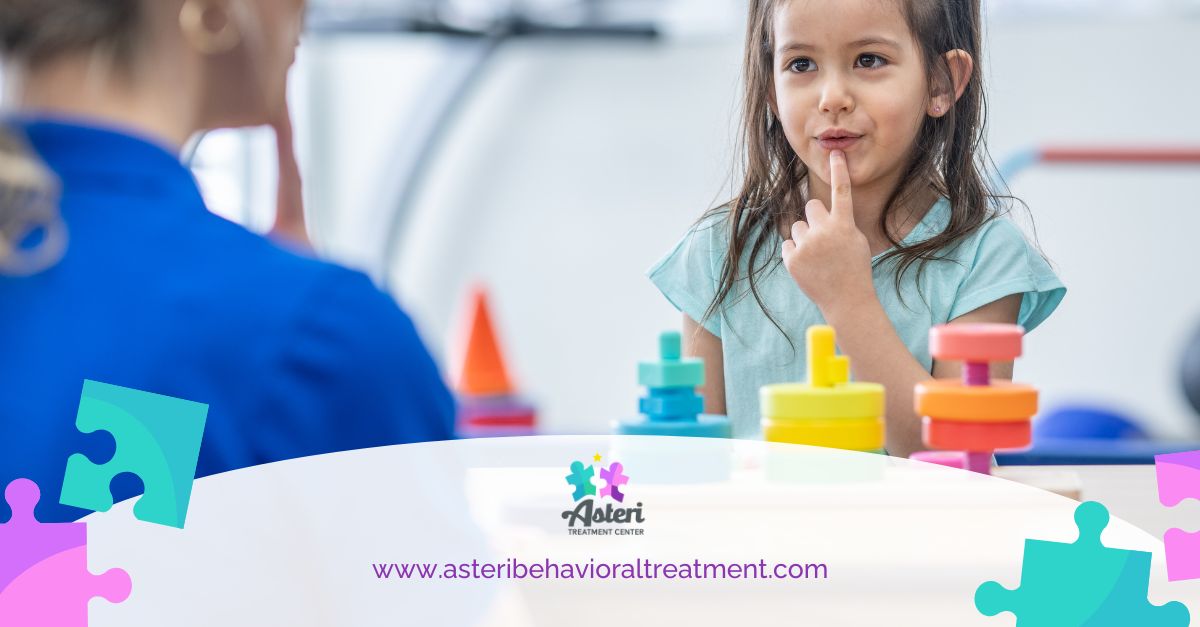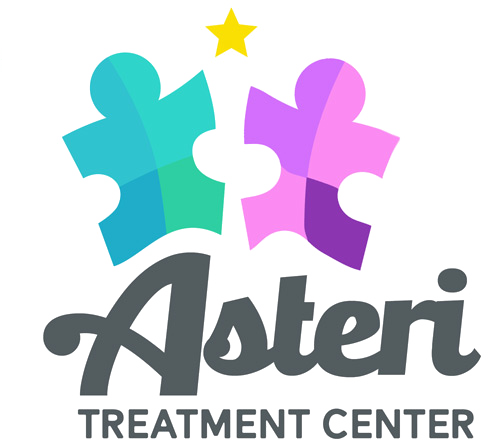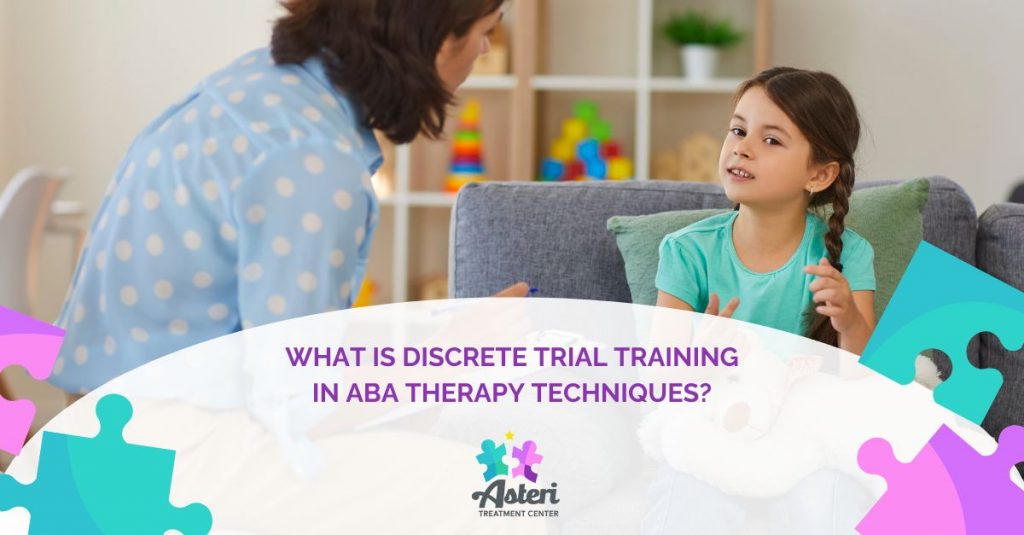Discrete Trial Training (DTT) is a key technique used in Applied Behavior Analysis (ABA) therapy. It’s especially helpful for teaching children with autism and other developmental disorders. This method breaks complex skills into smaller, easier-to-learn parts. This helps children learn and master new behaviors and concepts. DTT uses a structured approach to help children learn skills in a clear and measurable way.
How Does DTT Work?
DTT uses a series of simple teaching interactions. Each interaction has three parts:
- Antecedent: This is the instruction or cue given to the child (e.g., “Point to the red block”).
- Behavior: This is the child’s response to the instruction.
- Consequence: This is what happens after the child’s response (e.g., praise for a correct answer, a gentle correction for an incorrect one).
These clear steps make teaching consistent and effective.
Positive Reinforcement in DTT
DTT focuses on positive reinforcement. When a child does the desired behavior, they get an immediate reward. This could be verbal praise, a toy, or a small treat. This reward makes the child more likely to repeat the behavior in the future.
Repetition and DTT
Repetition is also important in DTT. Skills are practiced many times in a structured setting. This helps the child understand the skill and do it consistently.
Data Collection in DTT
Therapists carefully track the child’s responses during each trial. They record if the responses were correct, incorrect, or needed help. This data helps track progress, find patterns, and adjust the teaching approach as needed.
What Skills Can DTT Teach?
DTT is very effective for teaching basic skills like communication, social interaction, and academic concepts. It can also help with specific challenges like improving attention or reducing problem behaviors.

Benefits of DTT
DTT focuses on one skill at a time and uses clear, measurable steps. This helps children make progress in small steps. These small achievements add up over time, helping the child learn more complex skills and become more independent.
The Importance of Early Intervention
Research shows that early intervention with ABA therapy can significantly improve outcomes for children with autism. According to the Centers for Disease Control and Prevention (CDC), about 1 in 36 children in the United States has been identified with autism spectrum disorder. In California, studies suggest the prevalence may be even higher. Early intervention services can help children develop important skills and reach their full potential.
Finding the Right ABA Provider
When choosing an ABA provider, it’s important to find one with experience and expertise in DTT and other ABA techniques. Look for providers who use a data-driven approach and individualize treatment plans to meet each child’s unique needs.
Visit Asteri Treatment Center Today
If you’d like to learn more about DTT and Direct ABA therapy, contact Asteri Treatment Center today. We can answer your questions and help you find the best treatment options for your child.

